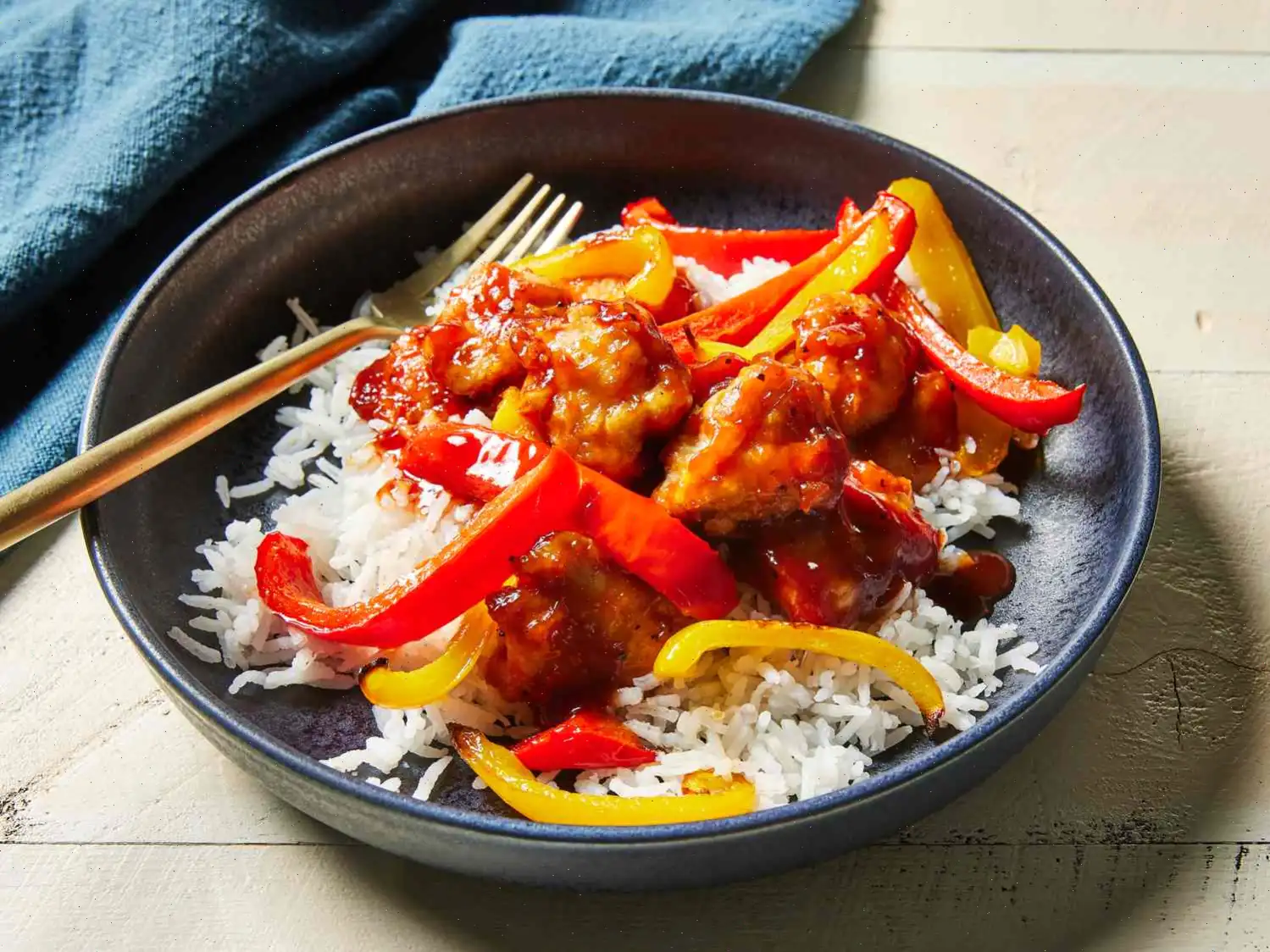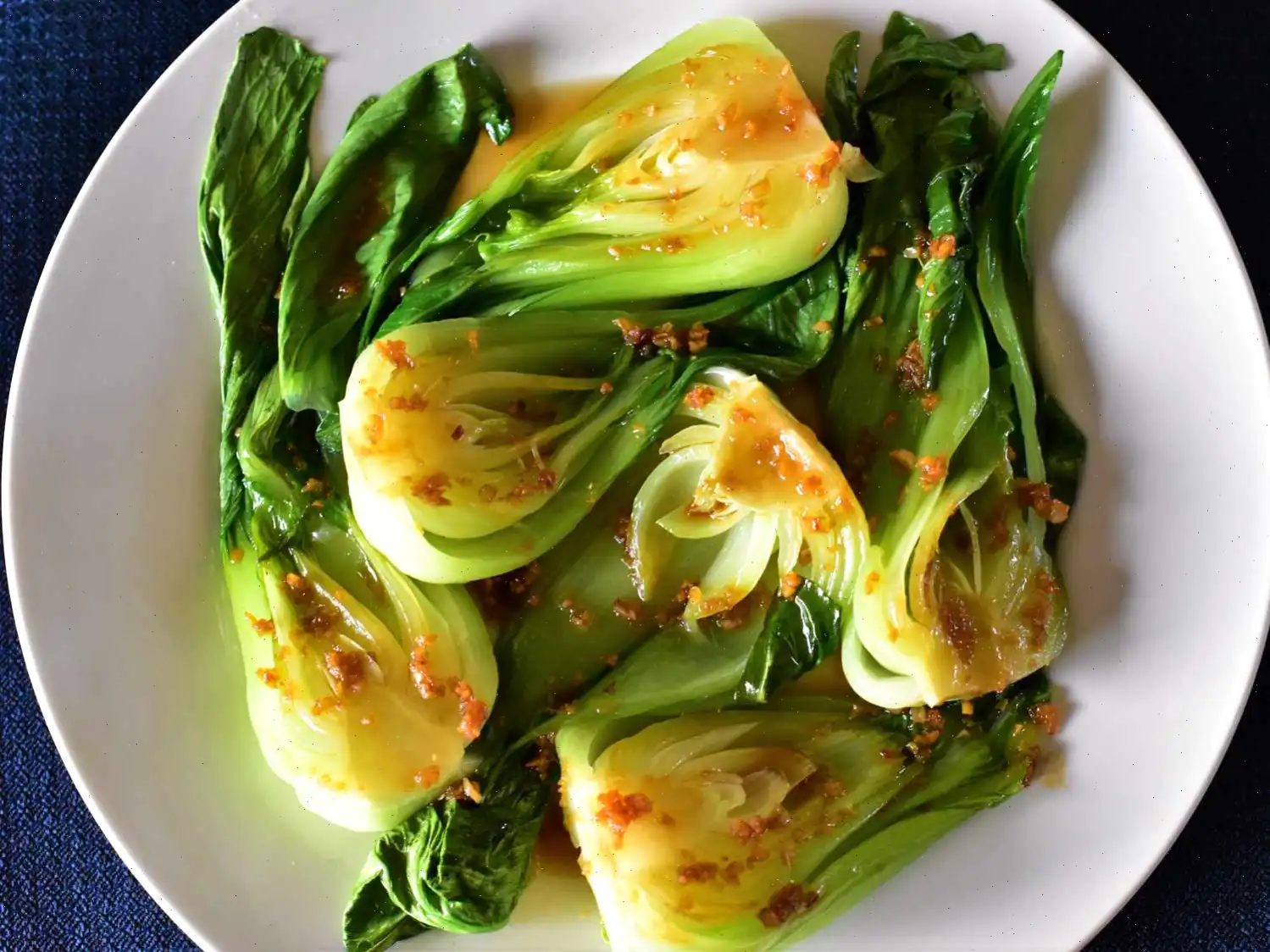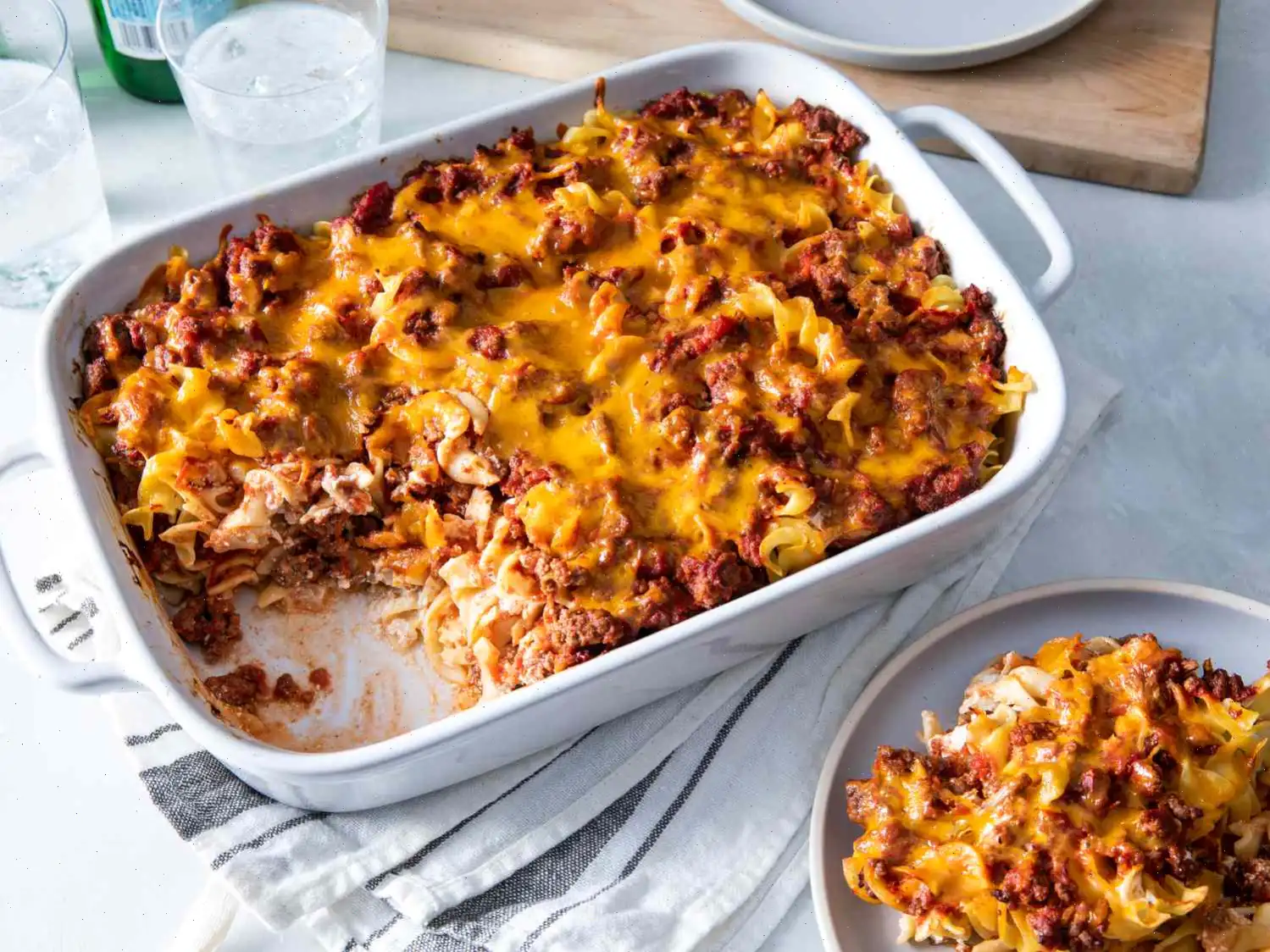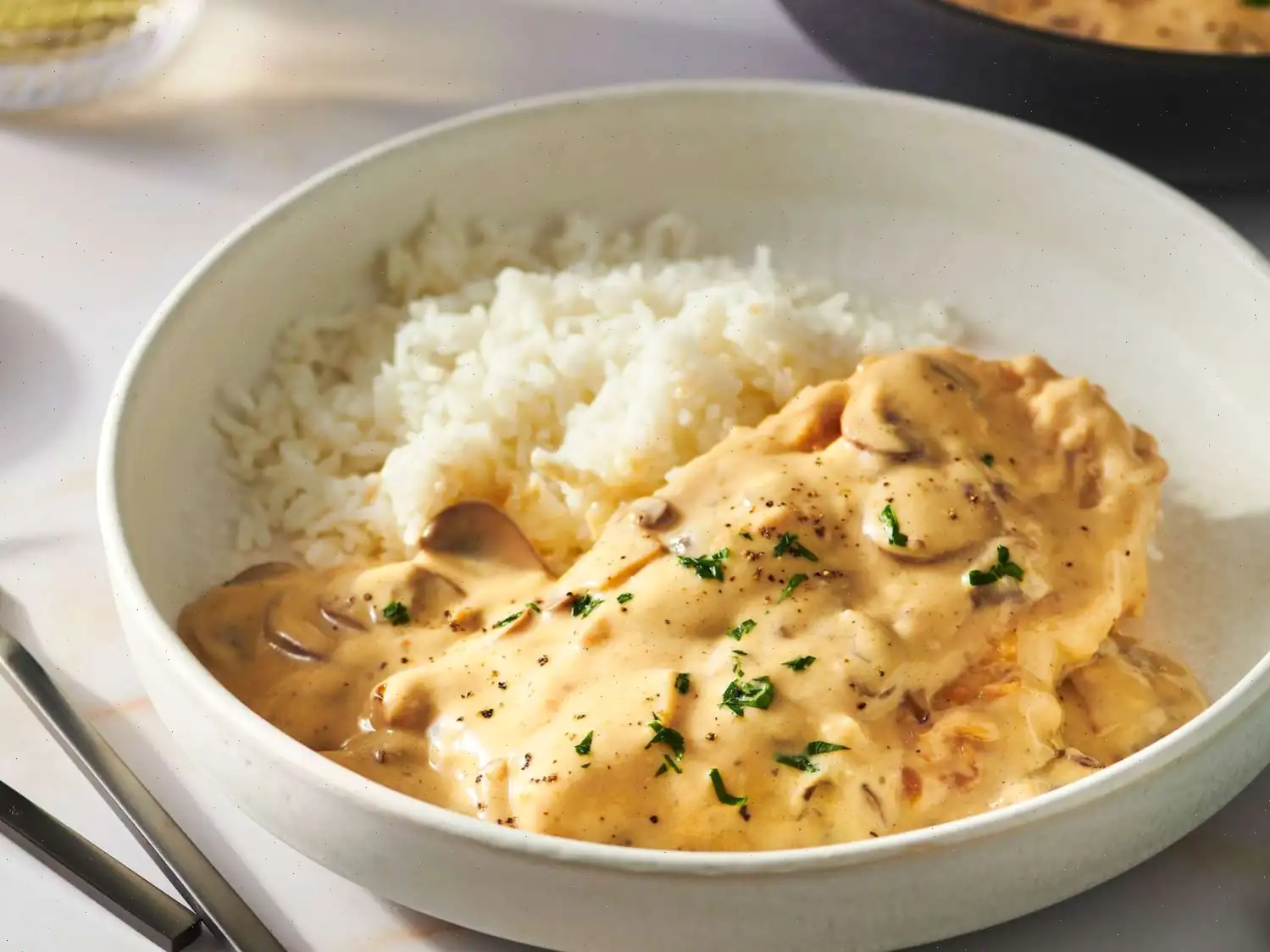
Sheet Pan Hawaiian Chicken Recipe
Ingredients
This recipe yields 3 servings. Ingredient amounts will adjust automatically for larger batches, but cooking times and steps remain the same.
Sauce
- 1/4 cup pineapple juice
- 2 tablespoons packed light brown sugar
- 2 tablespoons soy sauce
- 2 tablespoons ketchup
- 1/2 teaspoon finely grated fresh ginger
- 1 teaspoon finely grated fresh garlic
- 1 teaspoon cornstarch
Sheet Pan Chicken
- 1 (8 ounce) skinless, boneless chicken breast
- 1 green bell pepper, chopped
- 1 red bell pepper, sliced into strips
- 1 red onion, quartered
- 2 cups broccoli florets (or more if desired)
- 1 cup fresh pineapple chunks
- Salt and freshly ground black pepper, to taste
Directions
- Preheat your oven to 375F (190C) and line a large sheet pan with foil for easy cleanup.
- In a medium bowl, whisk together the pineapple juice, brown sugar, soy sauce, ketchup, ginger, garlic, and cornstarch until smooth to create the sauce.
- Arrange the chicken breast, green and red bell peppers, onion, broccoli, and pineapple chunks evenly on the prepared sheet pan. Season with salt and black pepper.
- Pour half of the prepared sauce over the chicken and vegetables, leaving the rest aside for later.
- Bake in the preheated oven for about 25 minutes, until the vegetables are tender and the chicken is fully cooked. An instant-read thermometer should read 165F (74C) in the center of the chicken.
- While the chicken bakes, microwave the remaining sauce on High for about 30 seconds until slightly thickened.
- Once cooked, cut the chicken into bite-sized pieces, drizzle with the remaining sauce, and toss everything together so the flavors are evenly coated.
Nutrition Facts (per serving)
- Calories: 252
- Total Fat: 2g (3% DV)
- Saturated Fat: 1g (3% DV)
- Cholesterol: 34mg (11% DV)
- Sodium: 858mg (37% DV)
- Total Carbohydrate: 44g (16% DV)
- Dietary Fiber: 6g (21% DV)
- Total Sugars: 30g
- Protein: 18g (35% DV)
- Vitamin C: 192mg (213% DV)
- Calcium: 93mg (7% DV)
- Iron: 2mg (12% DV)
- Potassium: 828mg (18% DV)
*Percent Daily Values are based on a 2,000-calorie diet. Values may vary depending on your calorie needs.
**Nutrient information is based on available data and may not be complete for all ingredients.
The Origins and Cultural Roots of Hawaiian Chicken
Hawaiian chicken, particularly in its modern sheet pan version, reflects a fusion of traditional Polynesian flavors with influences from Asian and American cuisines. The use of pineapple in savory dishes can be traced back to the introduction of the fruit to Hawaii by early Polynesian settlers, and later popularized during the plantation era when Japanese, Filipino, and Chinese laborers adapted local ingredients into their own culinary traditions. The sweetness of pineapple combined with soy sauce, ginger, and garlic exemplifies this rich cultural blending, creating a dish that is both tropical and universally appealing.
Regional Variations and Adaptations
In Hawaii, regional variations of Hawaiian chicken often include unique local produce and seasoning methods. While the mainland United States typically emphasizes a sweet and tangy glaze, in Hawaii, you might find additions such as macadamia nuts, coconut milk, or local chili peppers. In some neighborhoods, chefs layer in taro, sweet potatoes, or even local greens, creating a version that reflects the islands diverse agriculture. Sheet pan recipes, however, prioritize simplicity and efficiency, making this an accessible way to replicate island flavors anywhere.
Distinguishing Features Compared to Similar Dishes
Hawaiian chicken differs from other sweet-savory chicken recipes in several ways. Unlike general teriyaki chicken, which relies heavily on soy sauce and mirin, Hawaiian chicken prominently features fresh pineapple juice or chunks, giving it a fruity brightness. It also contrasts with Caribbean-style jerk chicken, where spices dominate the flavor; Hawaiian chicken balances sweetness and umami rather than heat. The sheet pan method further distinguishes it by combining all components in one dish, allowing the chicken, vegetables, and fruit to roast together, which enhances both flavor and convenience.
Typical Serving Contexts
Hawaiian chicken is commonly served as a family dinner, casual weeknight meal, or at summer gatherings where simplicity and color are valued. On the islands, it might appear at luau feasts, potlucks, or local diners, often accompanied by steamed rice or macaroni salad. The sheet pan method has made this dish particularly popular in modern home kitchens across the U.S., where one-pan meals are celebrated for minimal cleanup and visually appealing presentation.
Interesting Facts and Culinary Insights
- The combination of pineapple and chicken is more than just flavor pairing; pineapple contains bromelain, an enzyme that helps tenderize meat naturally.
- Using a sheet pan allows the vegetables and chicken to caramelize together, creating layers of flavor that would be harder to achieve when cooking ingredients separately.
- Despite its association with Hawaii, this dish is a relatively modern invention, popularized in cookbooks and online recipes over the last 30 years rather than being a centuries-old traditional meal.
- Many home cooks customize this dish with other tropical fruits like mango or papaya, adding further depth and regional creativity.
- The visual appeal of the colorful peppers, pineapple, and broccoli aligns with the Hawaiian concept of eating the rainbow, promoting both taste and nutrition.
FAQ about Sheet Pan Hawaiian Chicken Recipe
Comments
Tyler Robinson
10/12/2023 03:06:52 PM
Added a second yellow bell pepper, 1 cup of broccoli, used a white onion, and enjoyed some Guanbana Juice.








